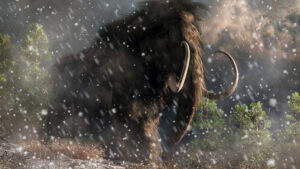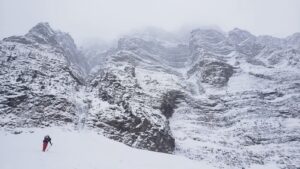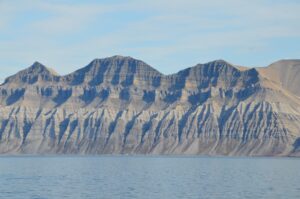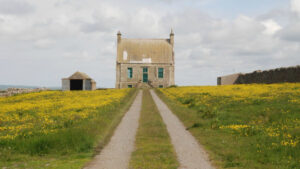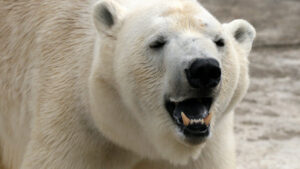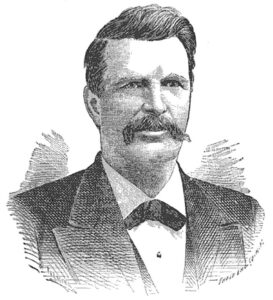In June 2023, Justin Barbour set out on a 3,800km odyssey from Hudson Bay in northeastern Canada down to the southernmost point on the island of Newfoundland. The ambitious journey would take 12 months and involve canoeing, snowshoeing, backpacking, and packrafting. Now, he’s ready to set off on the snowshoeing leg of his journey.
The journey so far
Stage one of four on what Barbour calls Expedition Northeast, took Barbour and his dog Saku 44 days. They covered 692km from Hudson Bay to Tusiujaq.
“Travel up and down rapids, endless lakes and northern lights that danced like green ghosts in the night sky as we laid down our weary and contented heads to sleep,” was the general texture of the first leg, he said.
After a break in Tusiujaq, the pair put in another 440km of mostly upriver travel over 61 days. For 60 days of the journey, they did not see another soul. Barbour had originally planned to cover 700km to reach Labrador before the winter freeze set in but ended up stopping earlier and arranging an air taxi back to civilization. But rather than go home for the six weeks, he lived in a bush tent outside a small northern town.

Barbour’s last camp in northern Quebec. Photo: Justin Barbour
“Last camp in northern Quebec, 200km from the nearest community, before pausing as freeze-up grips the land tight. Continuing the fight, which got riskier by the day, was unnecessary. As part of the original plan, I’ll be going right back there properly outfitted for the subarctic winter when ice conditions are safe,” he wrote.
Back to camp
Barbour headed back to his camp without Saku. The dog headed home with Barbour’s partner, Heather. Though Saku had held up exceptionally well on the journey, he would not be cut out for the extreme cold of winter.
Meanwhile, Barbour waited for the creeks and rivers to freeze and the snow to harden up as the cold set in. Early winter is traditionally the time when trappers and native Innu in Labrador and northern Quebec traveled minimally.
“For the last six weeks…I have been living in a canvas tent in the northern Quebec bush,” Barbour wrote on Jan. 2. “Getting acquainted with winter. In short, there were hurdles getting back to my last camp. It is 200km from the closest village. But patience pays off, and today is the day I return. Here we go! 1,140km behind us. Some 2,600km remain.”

Barbour’s route, with his current start marked with a star. Photo: Justin Barbour
Back on the trail
On Jan. 4, he was back on the trail and covering good ground. “Eight kilometers yesterday by snowshoe [with a] 250lb sled. Crossed glorious Lac Otelnuk,” he posted in his most recent InReach message.
Before he set off, Barbour told us that this stage might be the toughest section of the entire route: “Upriver from Tasiujaq will be hard, but anything in a canoe is easier than pulling a toboggan in snowshoes. For roughly 1,100km from the Trans-Labrador Highway down, I’ll be manhauling, with the potential for storms and deep snow.”
It will be an extremely cold next couple of months for Barbour on Labrador’s high plateau. It is open and windswept, with temperatures sometimes dropping to around -50°C in early February.
But the cold and wind do come with some advantages, the snow should be fairly hard, making for good conditions to pull a sled.

